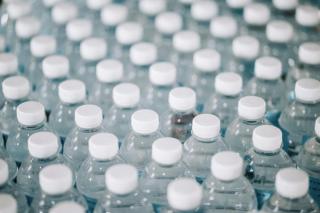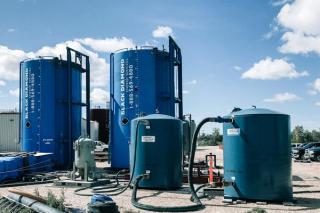
PFAS fingerprinting and source apportionment
- Client Name
- Confidential
- Location
- Australia

Challenge
Per- and polyfluorinated alky substances (PFAS) are a group of thousands of man-made chemicals used in a wide range of products. PFAS other than PFOS, PFOA and PFHxS are often ignored in Australian environmental assessments as only these three PFAS have environmental regulations. These ‘other PFAS’ include those in two broad categories, i) ‘standard PFAS’, i.e. those PFAS included in the standard (extended) PFAS analytical suites (up to 31 PFAS in 2020) and ii) ‘non-standard PFAS’, i.e. everything else.
Knowledge of the distribution of ‘other PFAS’ in environmental media is increasingly being used as an aid to identify the source of PFAS in the environment (e.g. fingerprinting). This becomes particularly important when attributing source and potential liability in litigation.
SLR has provided such creative analysis / PFAS fingerprinting services on a number of confidential projects.
Solution
SLR was selected for these projects due to our extensive experience and expertise with PFAS assessments. The SLR approach includes forensic analysis for ‘non-standard PFAS’ and also creative analysis of standard PFAS data. The standard PFAS data has been analysed using statistical tools and illustrated using graphic tools such as radar plots and stacked bar graphs. The shape of these plots assists a visual interpretation of the types of PFAS compounds in each environmental sample, media or domain. This can support inferences of the different sources of PFAS relevant to the site conceptual model.
Impact
The information has been used as the basis for expert reports in litigation to apportion sources of PFAS and associated liability for remediation.
We also use source apportionment in detailed site assessments to identify different point sources from each other (particularly where different fire-fighting foams or PFAS containing products have been used). The method is also used to discern point sources from diffuse sources or used to demonstrate how different PFAS migrated different distances in groundwater (changing in distribution of PFAS as some PFAS are transported preferentially).

